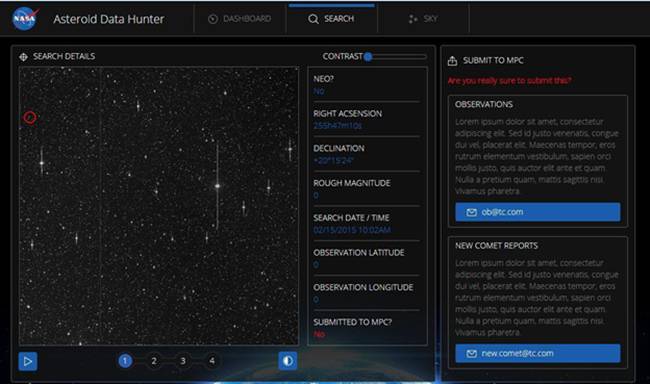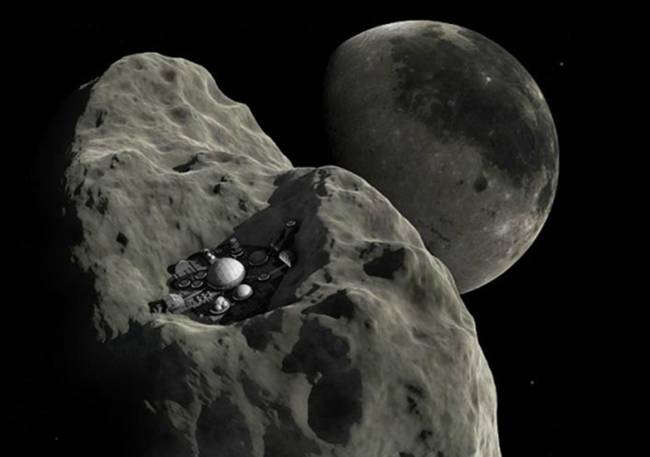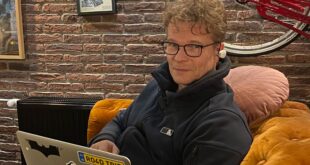Did you know that the greatest crowdsourcing story ever told was from the mining industry? And that NASA is crowdsourcing Jupiter? Read on to find out the possibilities of crowdsourcing to accelerate innumerable processes.
Crowdsourcing a gold mine
In 1990, Rob McEwen took over a mining company called Gold Corp, which was failing to yield profit, despite his geologists telling him the mine had ample gold deposits. The problem was that no one knew where exactly to find them. Rob ended up at a Linux conference, and was inspired by how open source software built world class operating systems. He was struck with an idea – publish the geological data of the mine, and let the world try to find the gold. This was a controversial idea, as geological data was strictly confidential, but Rob was undeterred.
In 2000, he launched a “Goldcorp Challenge” so anyone around the world could compete to find gold in his Canadian mine. Four of the top challenge entries were drilled—and all four struck gold, unearthing billions of dollars worth of the precious metal in places that were previously completely off the radar.
Crowdsourcing a “space mine”
Space mining, or asteroid mining, is the hunt for raw materials from asteroids. NASA has teamed up with the space mining corporation Planetary Resources to create Space Mining by NASA. The program seeks to capitalize your spare compute time to hunt for the asteroids in the Earth’s purview through crowdsourcing.

“NASA has built the open-source code in a 170MB bundle for Windows 7 and above. The code needs 3GB of RAM to run. It is available for download now and on Github,” Iain Thomson writes on The Register. “To boost the chances of success, the firm wants to find rocks that are close and mineral rich and there’s a lot of sky to cover. By harnessing the general public’s compute time it can pick up more candidates that can be studied more closely, so the firm is acting in its own – as well as humanity’s – best interests,” Thomson added.

Crowdsourcing Jupiter
Similar to space mining, “NASA is also crowdsourcing planet Jupiter images – in which Juno mission is cruising toward the solar system’s biggest planet; right now, it’s about six months from Jupiter,” Jason Snell writes. “One of its goals is to take lots and lots of pictures of the planet. But there’s a catch: Because of the way Juno’s camera is designed and the highly dynamic nature of the planet’s cloud cover, processing images from Jupiter is going to be really tricky. So NASA is asking for the public’s help.”
The mission’s science team is asking the help of amateur astronomers to upload good images to the Juno mission website. The team will use those images as reference points to orient that Juno’s camera with the angles.

Crowdsourcing the Hyperloop
The Hyperloop is a conceptual high-speed transportation system originally put forward by Elon Musk, which proposes using pneumatic tubes housing pods that are propelled forward by magnetic accelerators. The effect would be like “a puck gliding over an air hockey table” – at 700 miles per hour.
Hyperloop Technologies is a crowd collaboration-based company that is now planning to develop this system for real. Alex Davies shares on Wired how “the company brought together a group of nearly 200 engineers all over the world who spend their free time spitballing ideas in exchange for stock options (which will now vest), and have day jobs at places like Boeing, NASA, Yahoo!, and Airbus. They and a group of 25 students at UCLA’s graduate architecture program are working on a wide array of issues, including route planning, capsule design, and cost analysis.”

How do they do it? Davies writes, “Each member of the team is assigned to various working groups depending on his interests and skills. Some are shuffled off to route planning, others to capsule design, and the rest to cost analysis. Work is conducted over email, and there is very little hierarchy. Still informal leaders have naturally emerged, and Ahlborn himself will be making crucial decisions if he will be required to do so.”
As more organizations continue to apply these crowd-driven approaches to innovate and solve problems, we will begin to unlock the Internet’s massive social productive capabilities and begin to understand how to solve the world’s most challenging problems collaboratively. And this will accelerate tremendously over the next 2 years, when another billion brains will join networked computers via the internet.
Crowdsourcing Week Global 2016 takes place on the 11-15th of April in London explores the best practices in crowdsourcing and the crowd economy that are fundamentally changing society, mindsets and possibilities across all industries. Register here.
Image via Nasa.
 Nordic Startup News Early Stage Startup News From The Nordics
Nordic Startup News Early Stage Startup News From The Nordics


